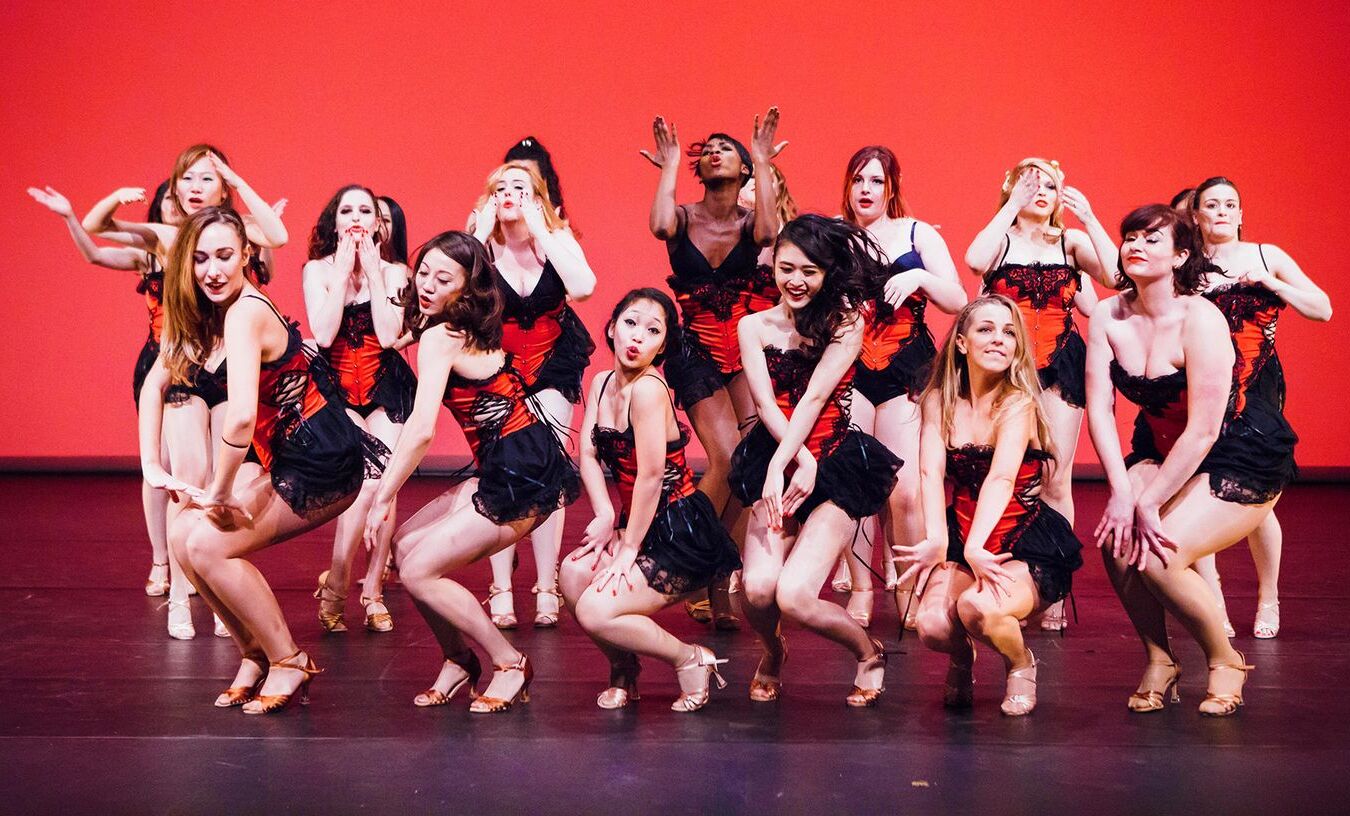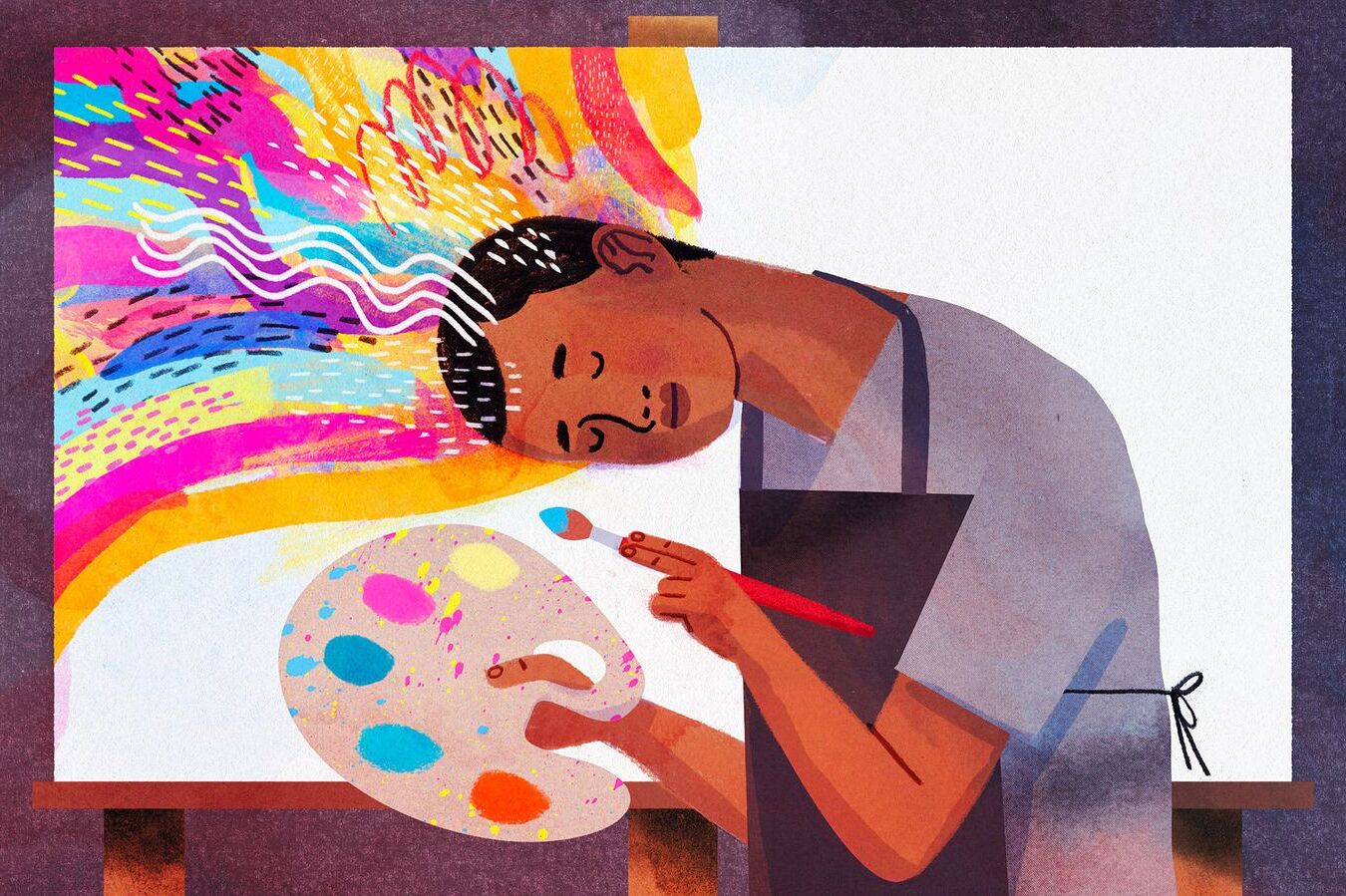
Burlesque dancers have dazzled audiences for over a century with their unique blend of comedy, dance, and theatrical flair. But what makes these performers so captivating? Burlesque isn't just about the glitz and glamour; it's a rich art form with a fascinating history and vibrant culture. From its origins in 19th-century music halls to its modern-day revival, burlesque has evolved while maintaining its core essence of satire and sensuality. Whether you're a long-time fan or new to the scene, these 35 facts will give you a deeper appreciation for the world of burlesque dancers. Get ready to be amazed by the stories, skills, and secrets behind the sequins and feathers!
Key Takeaways:
- Burlesque, a form of entertainment dating back centuries, combines satire, performance art, and dance. It evolved from literary parody to include striptease and variety acts, influencing popular culture and experiencing a modern revival.
- The art of the tease, famous performers, and the behind-the-scenes world of burlesque contribute to its rich history and ongoing appeal. With its body positivity and inclusivity, burlesque continues to captivate audiences worldwide.
The Origins of Burlesque
Burlesque has a rich history that dates back centuries. It combines elements of satire, performance art, and dance to create a unique form of entertainment.
- Burlesque originated in the 17th century as a form of literary and theatrical parody.
- The term "burlesque" comes from the Italian word "burla," meaning joke or mockery.
- Early burlesque performances often poked fun at serious works of art, literature, and music.
- Victorian burlesque in the 19th century featured comedic plays and musical performances.
- American burlesque evolved in the late 19th and early 20th centuries, incorporating striptease and variety acts.
The Golden Age of Burlesque
The early 20th century is often considered the golden age of burlesque, with lavish shows and famous performers.
- The golden age of burlesque spanned from the 1920s to the 1940s.
- Burlesque shows during this period featured elaborate costumes and sets.
- Gypsy Rose Lee, a famous burlesque dancer, became a household name during this era.
- Burlesque theaters, known as "burly houses," were popular entertainment venues in major cities.
- The Minsky brothers were influential producers who helped shape the burlesque scene in New York City.
The Art of the Tease
Burlesque is known for its playful and seductive nature, with performers mastering the art of the tease.
- Striptease became a central element of burlesque performances in the 20th century.
- Burlesque dancers often use props like feather boas, fans, and gloves in their routines.
- The "bump and grind" is a classic burlesque dance move that emphasizes hip movements.
- Burlesque performers create elaborate personas and stage names for their acts.
- Humor and satire are key components of burlesque, with dancers often incorporating comedic elements into their routines.
Famous Burlesque Dancers
Many burlesque dancers have achieved fame and left a lasting impact on the art form.
- Sally Rand was known for her fan dance, which involved using large ostrich feathers to create a sensual performance.
- Tempest Storm, a legendary burlesque dancer, had a career that spanned over six decades.
- Dita Von Teese is a modern burlesque icon known for her glamorous and vintage-inspired performances.
- Lili St. Cyr was a popular burlesque dancer in the 1940s and 1950s, known for her elaborate stage shows.
- Blaze Starr, a burlesque dancer and actress, was famous for her fiery red hair and sultry performances.
Burlesque in Popular Culture
Burlesque has influenced and been featured in various forms of popular culture, from movies to music.
- The 2010 film "Burlesque," starring Christina Aguilera and Cher, brought renewed attention to the art form.
- Burlesque elements can be seen in music videos, fashion, and advertising.
- The TV show "Gypsy," based on the life of Gypsy Rose Lee, highlighted the world of burlesque.
- Burlesque festivals and competitions are held worldwide, celebrating the art and its performers.
- Many modern burlesque performers draw inspiration from vintage pin-up art and classic Hollywood glamour.
The Revival of Burlesque
In recent years, burlesque has experienced a revival, with new performers and shows emerging around the world.
- The neo-burlesque movement began in the 1990s, blending traditional burlesque with contemporary elements.
- Burlesque schools and workshops offer training for aspiring performers.
- Burlesque shows often feature a diverse range of performers, including drag artists and gender-nonconforming individuals.
- Social media has helped burlesque dancers reach new audiences and build fan bases.
- Burlesque is celebrated for its body positivity and inclusivity, embracing performers of all shapes, sizes, and backgrounds.
Behind the Scenes of Burlesque
The world of burlesque involves more than just the performances; there's a lot that goes on behind the scenes.
- Costumes are a crucial part of burlesque, with many performers designing and creating their own outfits.
- Burlesque dancers often spend hours rehearsing and perfecting their routines.
- Makeup and hair styling are essential for creating the glamorous burlesque look.
- Many burlesque performers are also skilled in other areas, such as singing, acting, and comedy.
- The burlesque community is known for its camaraderie and support, with performers often collaborating and helping each other.
The Final Curtain Call
Burlesque dancers have a rich history filled with glamour, artistry, and empowerment. From their origins in 19th-century theater to their modern-day revival, these performers have always pushed boundaries and celebrated individuality. Burlesque isn't just about entertainment; it's a powerful form of self-expression that challenges societal norms and embraces diversity. Whether you're drawn to the elaborate costumes, the captivating performances, or the bold personalities, there's no denying the impact burlesque has had on popular culture. Next time you see a burlesque show, remember the history and passion behind every act. These dancers aren't just performers; they're artists who continue to inspire and empower audiences around the world. So, take a bow, burlesque dancers—you've earned it.
Frequently Asked Questions
Was this page helpful?
Our commitment to delivering trustworthy and engaging content is at the heart of what we do. Each fact on our site is contributed by real users like you, bringing a wealth of diverse insights and information. To ensure the highest standards of accuracy and reliability, our dedicated editors meticulously review each submission. This process guarantees that the facts we share are not only fascinating but also credible. Trust in our commitment to quality and authenticity as you explore and learn with us.


